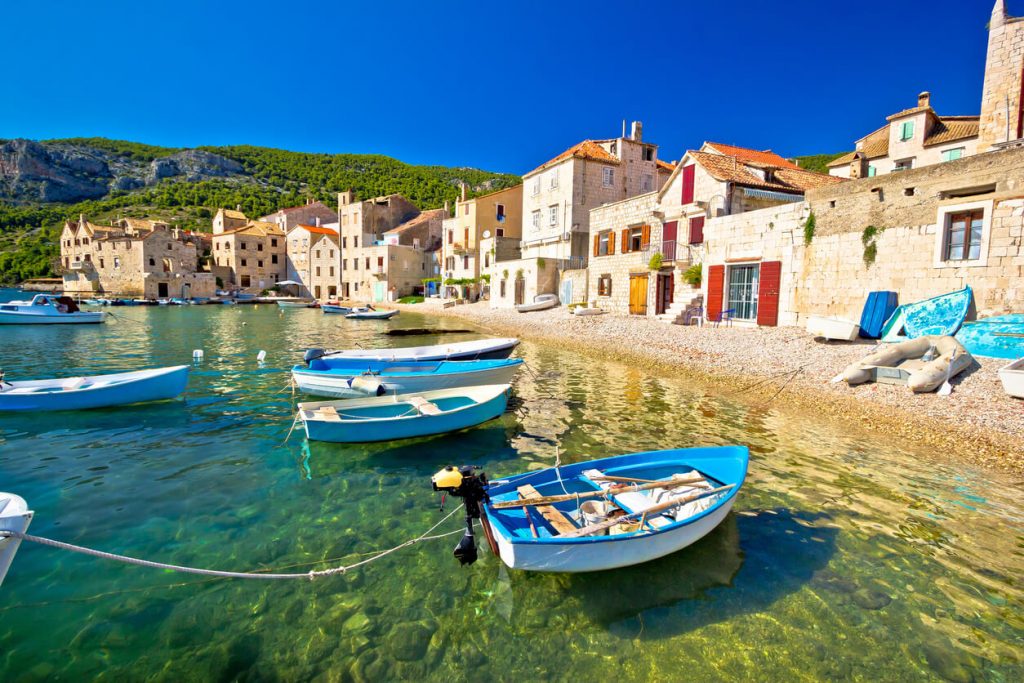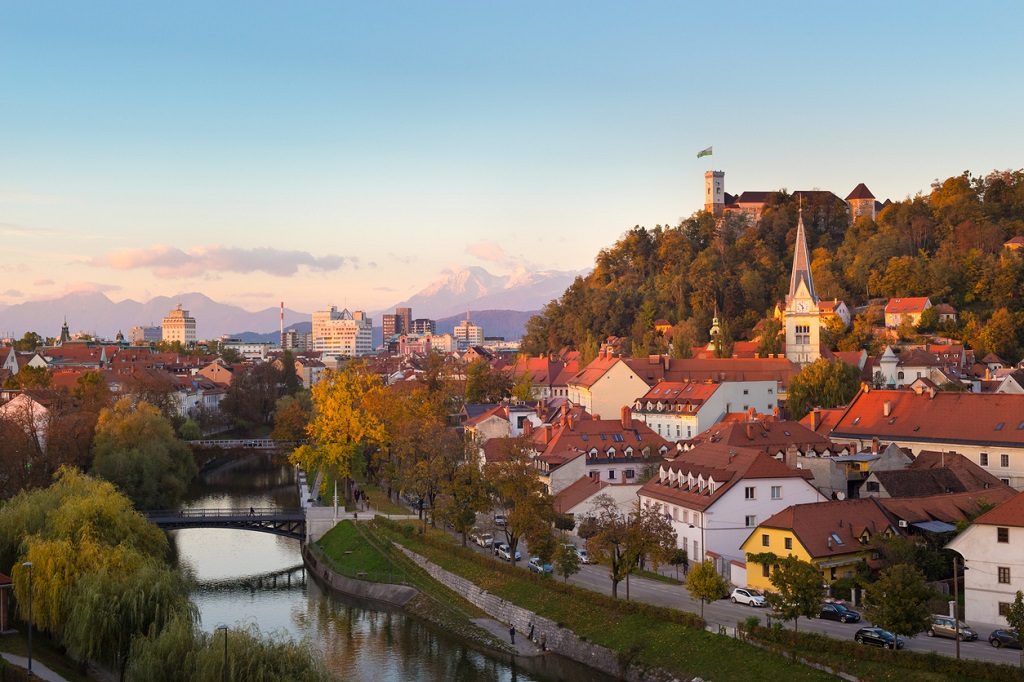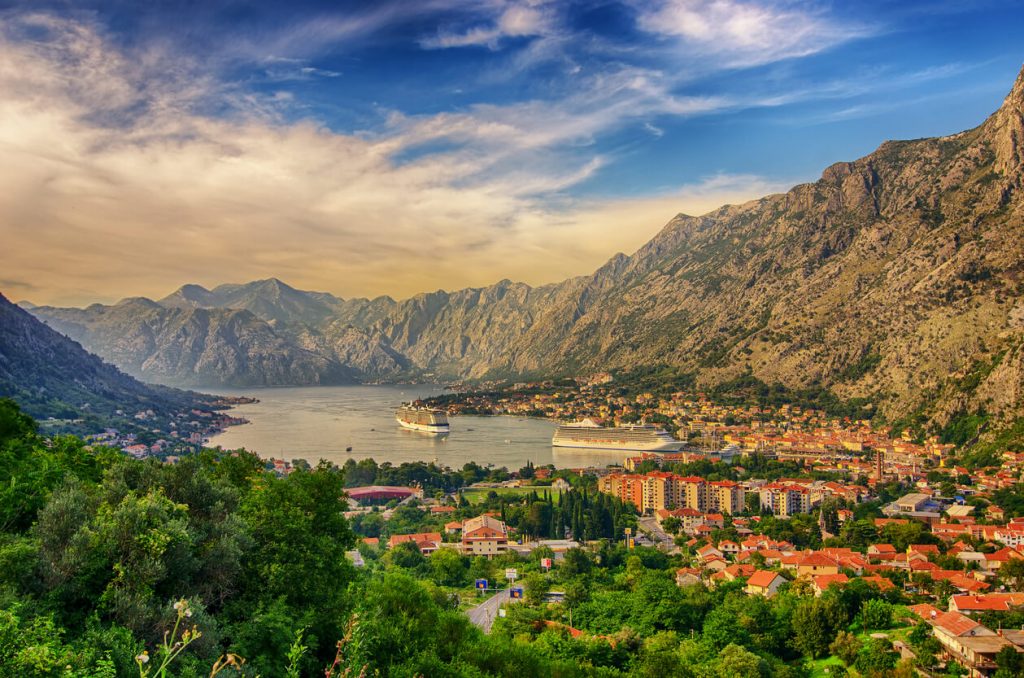Yugoslavia was a former federated country in the west-central part of the Balkan Peninsula that existed between the years 1918 and 1992. Initially, it was formed after the First World War and renamed the Kingdom of Yugoslavia in October 1929. The monarchy was abolished in 1945 and Socialist Yugoslavia was formed in 1946. Up to 25th June 1991, it was known as the Socialist Federal Republic of Yugoslavia (SFRY). The kingdom was replaced by a federation of six nominally equal republics with two autonomous provinces of Serbia.
On 25 June 1991, the declarations of independence of Slovenia and Croatia effectively ended SFRY’s existence. By April 1992, even Macedonia, as well as Bosnia and Herzegovina declared their independence, leaving only Serbia and Montenegro within the Federation. These two remaining republics declared their secession from the Yugoslav federation on 27 April 1992. In 2003, the Federal Republic of Yugoslavia was reconstituted and re-named as a State Union of Serbia and Montenegro. But, this union effectively ended following Montenegro’s formal declaration of independence on 3 June 2006 and Serbia’s on 5 June 2006.
When Yugoslavia’s disintegration led to the formation of these sovereign states today:
*Not included in this list is Kosovo which is an autonomous region of Serbia that sees partial recognition*
Bosnia and Herzegovina

Formerly a part of Yugoslavia, Bosnia and Herzegovina gained independence in 1992. It is located on the Balkan Peninsula and is mostly mountainous with access to a tiny portion of the Adriatic Sea coastline in the south. While it’s not as popular as its neighbours such as Croatia and Montenegro, Bosnia and Herzegovina is becoming one of Europe’s most exciting destinations.
This former Yugoslav Republic brings you an intriguing atmosphere of East-meets-West that is born of blended Ottoman and Austro-Hungarian histories filtered through a Southern Slavic lens. While the country is still recovering from a devastating three-year civil war of the 1990s, today it is also known for its beautiful mountains, numerous medieval castle ruins, raft-able rivers, impressive waterfalls and bargain-value skiing.
Best Time to Visit
The winters are bitterly cold in Bosnia and Herzegovina but summers are hot and sunny. So, the best time to visit the country would be May through September as it is less hot.
Also Read: Explore the Balkan Country Bosnia and Herzegovina!
Croatia

A country of dramatic mountainous landscapes and dreamy deep-blue seascapes, Croatia is located in the north-western part of the Balkan Peninsula. While it is small in size, it is highly diverse geographically and has an unusual shape: crescent or similar to a croissant. Its capital is Zagreb, located in the north. This Mediterranean country bridges Central Europe and the Balkans; and is on the eastern side of the Adriatic Sea, across from Italy on the western side.
Bordered by Hungary to the north, Slovenia to the northwest, Serbia to the east, Bosnia and Herzegovina to the southeast, and Montenegro to the south, Croatia’s borders total 2,028 km altogether. Croatia is one of Europe’s fastest-rising holiday destinations but even with the new developments, it still retains a pronounced local flavour and the Adriatic coast emphatically retains a unique character. Croatia is the best place to discover many different landscapes and experiences: whether you’re interested in splashing around in the Adriatic’s famously clear waters or exploring unspoiled Mediterranean islands, some edgy urban culture or the famous Game of Thrones location tours.
Best time to visit:
While Northern Croatia has a temperate continental climate, the central and upland regions have a mountainous climate. The entire Adriatic coast has a pleasant Mediterranean climate. Therefore the best time to visit Croatia is in May and June or September and October when the weather is pleasant and sunny for swimming and sunbathing. It is also less crowded during these months unlike the summer months of July and August which are a high season and can be very hot, especially in the afternoon.
Macedonia (North Macedonia)

North Macedonia is a landlocked country in the Balkans and located far south in Europe. It is bordered by Serbia and Kosovo to the north, Albania to the west, Bulgaria to the east, and Greece to the south. Being part Balkan, part Mediterranean and rich in Greek, Roman and Ottoman heritage, North Macedonia has a fascinating past and a complex national identity.
This small Balkan country offers a wealth of natural beauty that cannot be forgotten easily. Being one of the of Europe’s last undiscovered countries, North Macedonia offers a natural paradise of mountains, lakes and rivers, where life moves to a different rhythm, amidst the sprawling grandeur of rich historical ruins and idyllic villages that have remained practically unchanged for centuries.
Best Time to Visit
As it is located so far south in Europe, North Macedonia has a relatively dry Mediterranean climate with the full array of four seasons, although spring can be quite short, and each season is tempered by the altitude. However, the country is particularly welcoming during spring and autumn, when the weather is most pleasant. It can be warm and sunny during the day from as early as March until as late as November. July and August can be very hot, sometimes getting up to 40°C during the day in Skopje and along the Vardar Valley.
Slovenia
 Slovenia is a country in central Europe that was part of Yugoslavia for most of the 20th century but was the first one to declare its sovereignty. While geographically small, Slovenia is a topographically diverse country. It is comprised of portions of four major European geographic landscapes—the European Alps, the karstic Dinaric Alps, the Pannonian and Danubian lowlands and hills, and the Mediterranean coast. This earthly paradise of snow-capped peaks, turquoise-green rivers and Venetian-style coastline, offers endless opportunities for Outdoor Pursuits. So, adventure-lovers? AHOY! Slovenia’s natural treasures with harmonious architecture will charm you with its rustic culture and sophisticated cuisine.
Slovenia is a country in central Europe that was part of Yugoslavia for most of the 20th century but was the first one to declare its sovereignty. While geographically small, Slovenia is a topographically diverse country. It is comprised of portions of four major European geographic landscapes—the European Alps, the karstic Dinaric Alps, the Pannonian and Danubian lowlands and hills, and the Mediterranean coast. This earthly paradise of snow-capped peaks, turquoise-green rivers and Venetian-style coastline, offers endless opportunities for Outdoor Pursuits. So, adventure-lovers? AHOY! Slovenia’s natural treasures with harmonious architecture will charm you with its rustic culture and sophisticated cuisine.
Best Time to Visit
Summer is the busiest time to visit as Slovenia has warm summers, mild spring and autumn weather. Take full advantage of Slovenia’s lovely lakes, rivers, and Adriatic coastline during summers; while autumn will bring foliage and moderate temperatures perfect for hiking. The harsh winters of Slovenia are perfect for skiing in the Alps. May and June can be wet as the snow lingers in the mountains.
Serbia

This Balkan country is located in southeast Europe. It was a founder and one of the six republics of the former Socialist Federal Republic of Yugoslavia. Another landlocked country, it is surrounded by Montenegro and Republic of Kosovo to the southwest; Bosnia and Herzegovina to the west; Bulgaria to the southeast; Croatia to the northwest; Hungary to the north; North Macedonia and Albania to the south; and Romania to the northeast.
Serbia offers landscapes ranging from the endless plains of Vojvodina in the north-the country’s breadbasket and wine cellar; to the dramatic mountains and gorges of the national parks in the south, west and east. While exploring you will notice how east really meets the west via the legacies left by former rulers. These include the Habsburgs and the Ottoman Turks and can be found in everything from architecture to the cuisine.
Best Time to visit
The best time to visit Serbia is when snow, rain and slush have stopped. So, plan a visit from April until October; when you will have a pleasant till hot temperature and limited to little rainfall. The best time to visit Serbia is generally from March to May and then September to October. That way you’ll avoid the heat during June, July and August.
Montenegro

The small Adriatic country Montenegro is located in the west-central Balkans at the southern end of the Dinaric Alps. It borders Croatia and Bosnia and Herzegovina to the north, Serbia to the northeast, Kosovo to the east, and Albania to the south. Unique in diversity, this Balkan country is known for its stunning highlands; pretty blonde bays overlooking the royal blue Adriatic Sea; antique Venetian villages and walled heritage cities.
Montenegro might be small in size, but this gorgeous nation is quickly becoming the place to go on the Adriatic. This is thanks to new cruise ship routes, high-end hotel openings, new high-end international restaurants and whisperings amongst trailblazing travellers.
Best time to visit
The best seasons to visit Montenegro are spring and autumn, just outside the summer months. This means either between late March, by which time even in the high mountain regions the ‘ice days’ should have passed and the end of June; or in September and October after the summer vacationers have dispersed, when the deciduous trees will be turning coppery but the sea will still be warm enough for bathing.
So add these Balkan countries to your Bucket list and do let us know about your experiences below!



Nice your blog thank you posting your post.